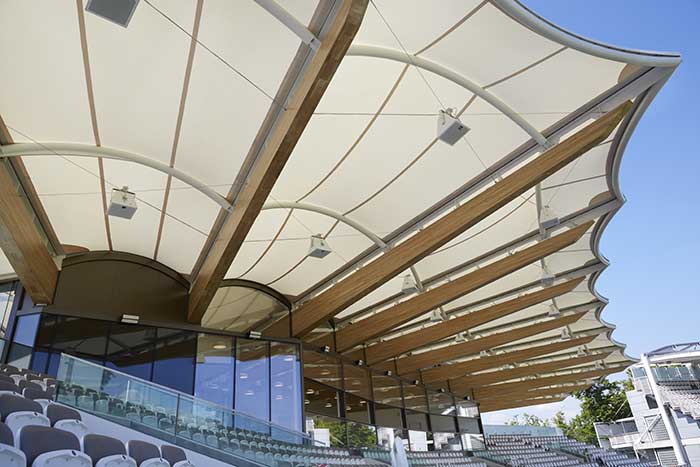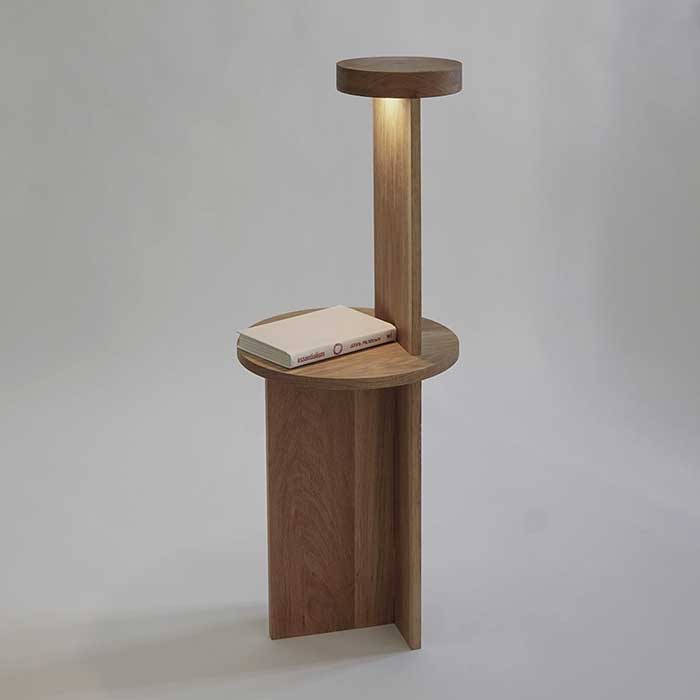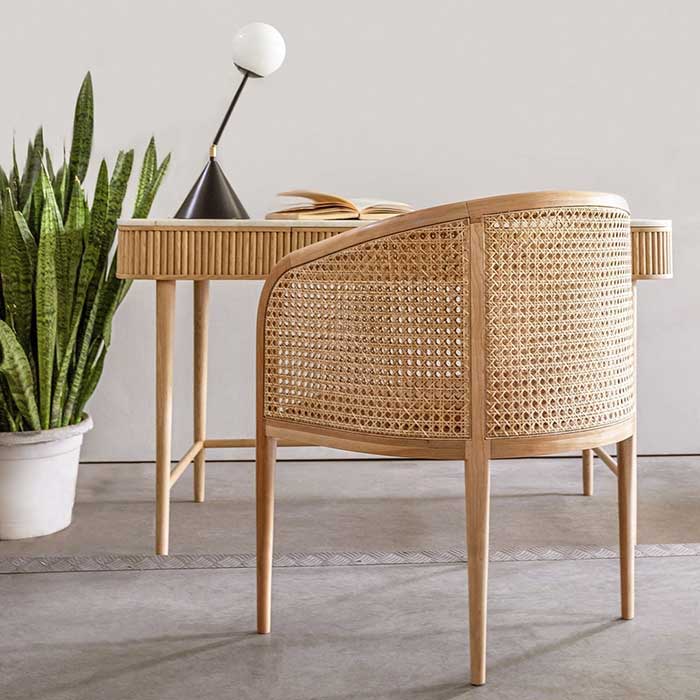With products derived from trees increasingly diversified, the growing trend of variations in the use of wood brings many benefits to the construction of houses, buildings, structures, furniture, objects, among others. All of this requires a supply of woods that are high density, easy to handle and adaptable.
Among the largest suppliers and consumers of high-density wood, North America, the United States, China and Canada stand out. Among the countries that most receive these imported woods are China, Canada, Mexico and the United Kingdom, according to the US Bureau of Census. According to data from ComexStat, Brazil also has a strong market, but stronger in exports: Rio Grande do Sul stands out as the main exporter of raw wood in the country (57%).

In the United States, transport processes for high-density wood are largely carried out by trucks and exported by ships, which ensures the preservation of the low CO2 emissions that the materials carry with them. “When choosing to use wood in their projects, most of the time the consumer aims for the result to be as sustainable as possible, avoiding materials that pollute the environment and are difficult to dispose of”, explains Luis Zertuche, Regional Director of AHEC for Latin America.
The Brazilian woods most coveted by the market are mahogany, rosewood and ipe, according to official data from the Brazilian Institute for the Environment and Renewable Natural Resources (Ibama). In the United States, the woods that dominate naturally are red oak and white oak. While in Asia, the most desired species are macassar ebony, Indian laurel, merbau, teak, Indian rosewood and black palm.
“Wood is an incredibly variable material and there is no single species of wood that can do all the tasks you want it to do. There are thousands of different types of trees that grow on the planet and each one produces wood with different characteristics and properties that will be suitable for different end uses”, contextualizes Zertuche.
High-density American woods, for example, are widely used in colder countries for building houses. However, they are also extremely used raw materials to manufacture furniture, floors, cabinets, among others.
There are at least 60,000 different species of wood in the world that have been discovered so far and only a small proportion of these species are traded. According to Zertuche, “You may need a durable wood for a project, although high density American woods are not naturally insect repellent, when used in controlled indoor environments with proper installation you can achieve a durable application, you can always choose a species according to the appearance and needs of the project or the furniture you designed, or you can opt for a low-cost wood for simple structural applications. Market choices depending on where you are exporting your products and furniture,” he said.

American white oak, for example, is often used to make windows and doors, with some manufacturers in Europe using it across their product range. There is at least one example in India of a manufacturer doing the same thing. Based in Gurgaon, Artius Interior Products has been manufacturing wooden window and door systems since 2011 for villas and bungalows across the country, offering glue-laminated American white oak frames as part of its product range. In this case, good design combined with good technology and a good understanding of the material has been the secret of success.
Certain species are more durable than others having greater weather resistance and greater dimensional stability, making them more suitable for outdoor use. “Teak is a good example and centuries of use in India have demonstrated this, while other dense and tropical woods have also been widely used in many extreme outdoor situations and even in permanent contact with water”, points out Zertuche.

In tropical countries, such as Brazil, we see a greater variety of wood species and many still not cataloged – which also requires more consistent action from regulatory bodies. In addition, for the AHEC Regional Director, Brazil is a promising market when it comes to sustainability, architecture and design, since the country has a wide range of raw material species and also an experienced market in the wood and agribusiness. To get an idea of the dimension of how much this input already represents within Brazil, according to data presented by the Ministry of Development, Industry and Foreign Trade (MDIC) in the last year, the export of raw wood by the country grew 650% in the last five years, totaling gross revenue of US$ 2.36 million in the period.
Sobre o American Hardwood Export Council (AHEC)
The American Hardwood Export Council (AHEC) is the leading international trade association for the American hardwood industry, representing committed exporters among hardwood companies who now market and sell their products in significant volumes around the world. For over 30 years, AHEC has been at the forefront of international hardwood promotion, successfully building a distinctive and creative brand for American hardwoods. Recognizing the critical role that design plays in the successful and innovative use of hardwoods, AHEC helps the US hardwood industry develop new opportunities by building a relationship with the global design community. In Europe, AHEC is known for its imaginative and ambitious collaborations with architects and designers to highlight the potential and inspire more use of these sustainable materials.
With products derived from trees increasingly diversified, the growing trend of variations in the use of wood brings many benefits to the construction of houses, buildings, structures, furniture, objects, among others. All of this requires a supply of woods that are high density, easy to handle and adaptable.
Among the largest suppliers and consumers of high-density wood, North America, the United States, China and Canada stand out. Among the countries that most receive these imported woods are China, Canada, Mexico and the United Kingdom, according to the US Bureau of Census. According to data from ComexStat, Brazil also has a strong market, but stronger in exports: Rio Grande do Sul stands out as the main exporter of raw wood in the country (57%).

In the United States, transport processes for high-density wood are largely carried out by trucks and exported by ships, which ensures the preservation of the low CO2 emissions that the materials carry with them. “When choosing to use wood in their projects, most of the time the consumer aims for the result to be as sustainable as possible, avoiding materials that pollute the environment and are difficult to dispose of”, explains Luis Zertuche, Regional Director of AHEC for Latin America.
The Brazilian woods most coveted by the market are mahogany, rosewood and ipe, according to official data from the Brazilian Institute for the Environment and Renewable Natural Resources (Ibama). In the United States, the woods that dominate naturally are red oak and white oak. While in Asia, the most desired species are macassar ebony, Indian laurel, merbau, teak, Indian rosewood and black palm.
“Wood is an incredibly variable material and there is no single species of wood that can do all the tasks you want it to do. There are thousands of different types of trees that grow on the planet and each one produces wood with different characteristics and properties that will be suitable for different end uses”, contextualizes Zertuche.
High-density American woods, for example, are widely used in colder countries for building houses. However, they are also extremely used raw materials to manufacture furniture, floors, cabinets, among others.
There are at least 60,000 different species of wood in the world that have been discovered so far and only a small proportion of these species are traded. According to Zertuche, “You may need a durable wood for a project, although high density American woods are not naturally insect repellent, when used in controlled indoor environments with proper installation you can achieve a durable application, you can always choose a species according to the appearance and needs of the project or the furniture you designed, or you can opt for a low-cost wood for simple structural applications. Market choices depending on where you are exporting your products and furniture,” he said.

American white oak, for example, is often used to make windows and doors, with some manufacturers in Europe using it across their product range. There is at least one example in India of a manufacturer doing the same thing. Based in Gurgaon, Artius Interior Products has been manufacturing wooden window and door systems since 2011 for villas and bungalows across the country, offering glue-laminated American white oak frames as part of its product range. In this case, good design combined with good technology and a good understanding of the material has been the secret of success.
Certain species are more durable than others having greater weather resistance and greater dimensional stability, making them more suitable for outdoor use. “Teak is a good example and centuries of use in India have demonstrated this, while other dense and tropical woods have also been widely used in many extreme outdoor situations and even in permanent contact with water”, points out Zertuche.

In tropical countries, such as Brazil, we see a greater variety of wood species and many still not cataloged – which also requires more consistent action from regulatory bodies. In addition, for the AHEC Regional Director, Brazil is a promising market when it comes to sustainability, architecture and design, since the country has a wide range of raw material species and also an experienced market in the wood and agribusiness. To get an idea of the dimension of how much this input already represents within Brazil, according to data presented by the Ministry of Development, Industry and Foreign Trade (MDIC) in the last year, the export of raw wood by the country grew 650% in the last five years, totaling gross revenue of US$ 2.36 million in the period.
Sobre o American Hardwood Export Council (AHEC)
The American Hardwood Export Council (AHEC) is the leading international trade association for the American hardwood industry, representing committed exporters among hardwood companies who now market and sell their products in significant volumes around the world. For over 30 years, AHEC has been at the forefront of international hardwood promotion, successfully building a distinctive and creative brand for American hardwoods. Recognizing the critical role that design plays in the successful and innovative use of hardwoods, AHEC helps the US hardwood industry develop new opportunities by building a relationship with the global design community. In Europe, AHEC is known for its imaginative and ambitious collaborations with architects and designers to highlight the potential and inspire more use of these sustainable materials.






